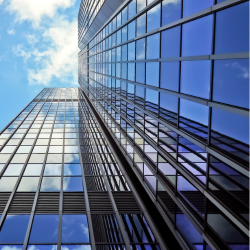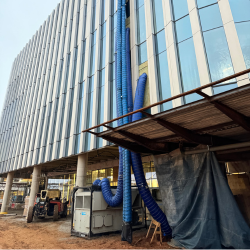Smarten up your project with Polygon
GET FAMILAR
GET SMARTER
Large General Contractors (GCs) undertake a wide range of building projects, spanning multiple industries and serving various purposes. While construction drying is a critical activity throughout all projects, there are notable differences in managing environmental conditions between them. Here is a sample of major building types and what to anticipate for climate, water risk, and other factors:






Next Article